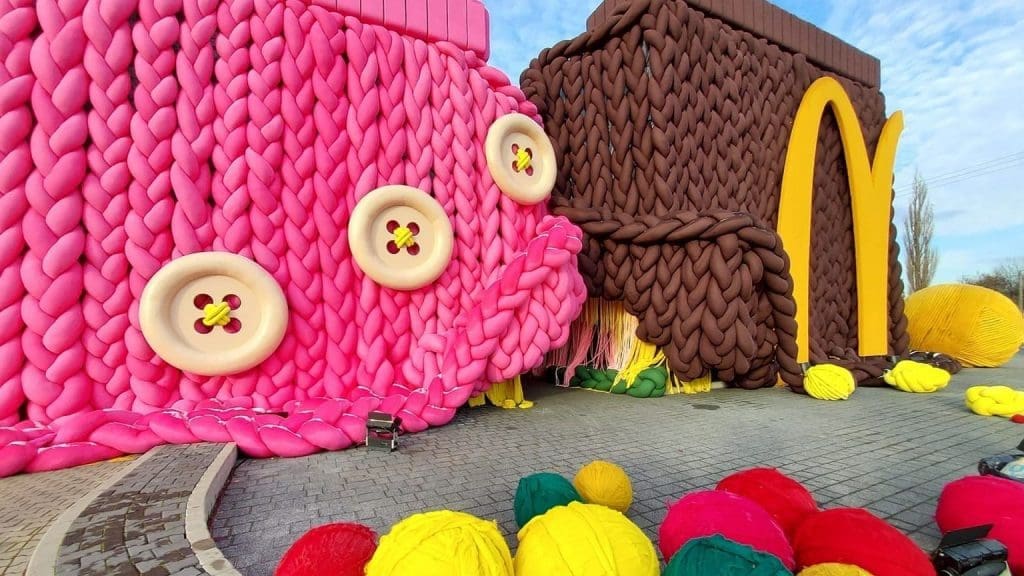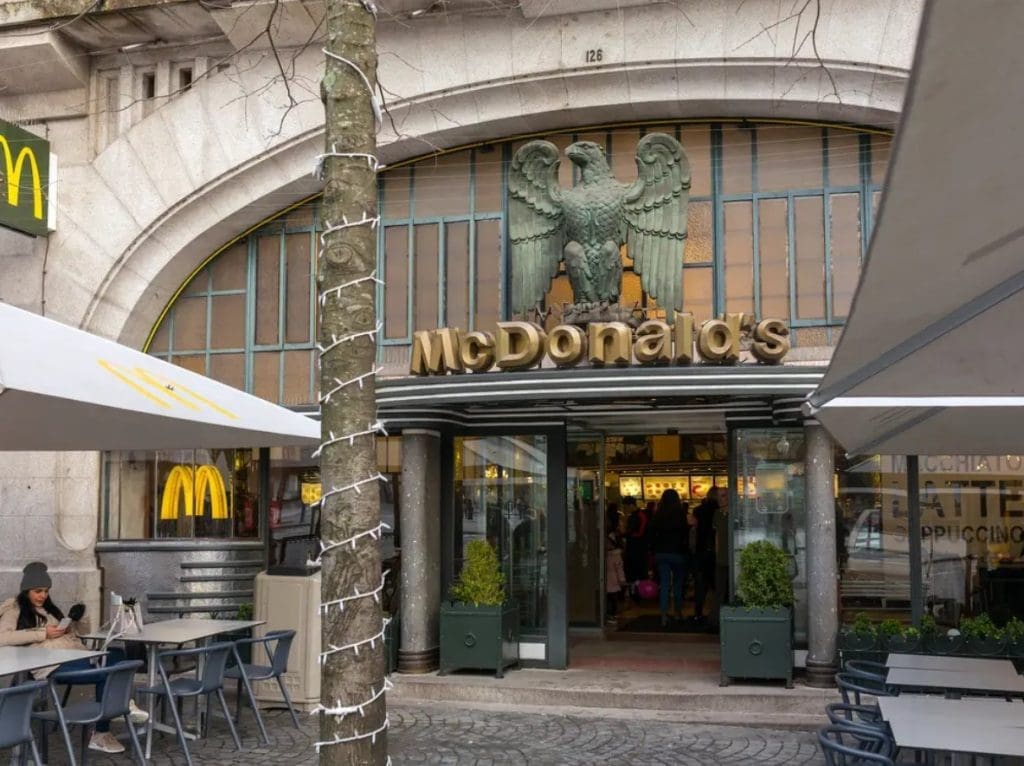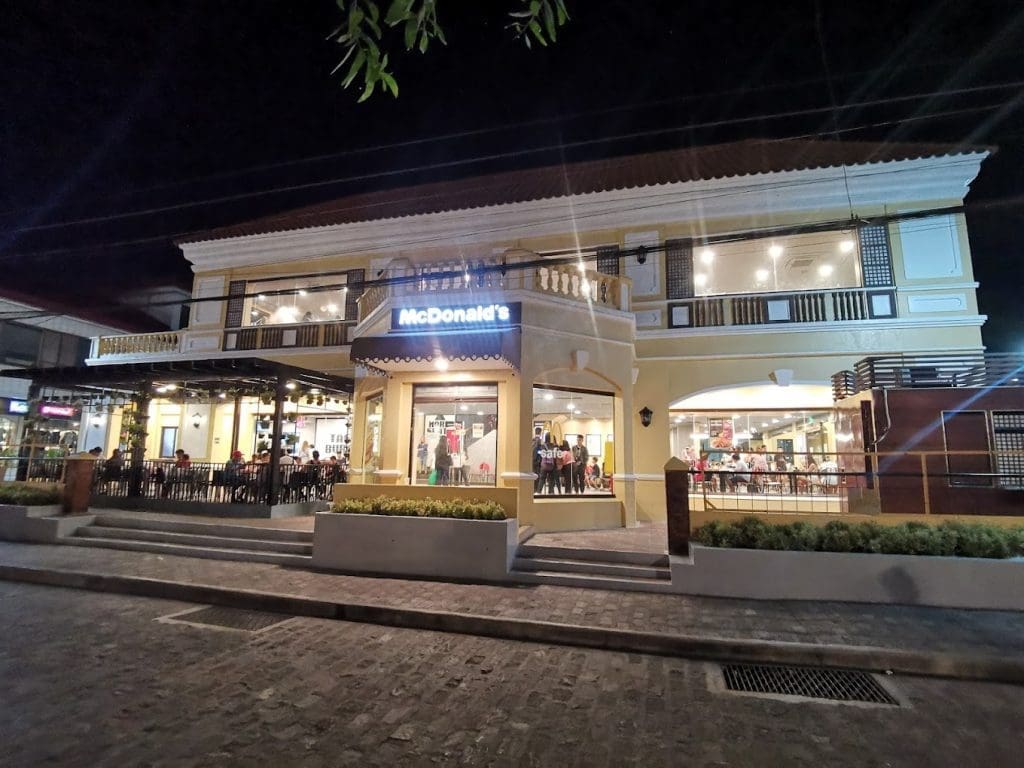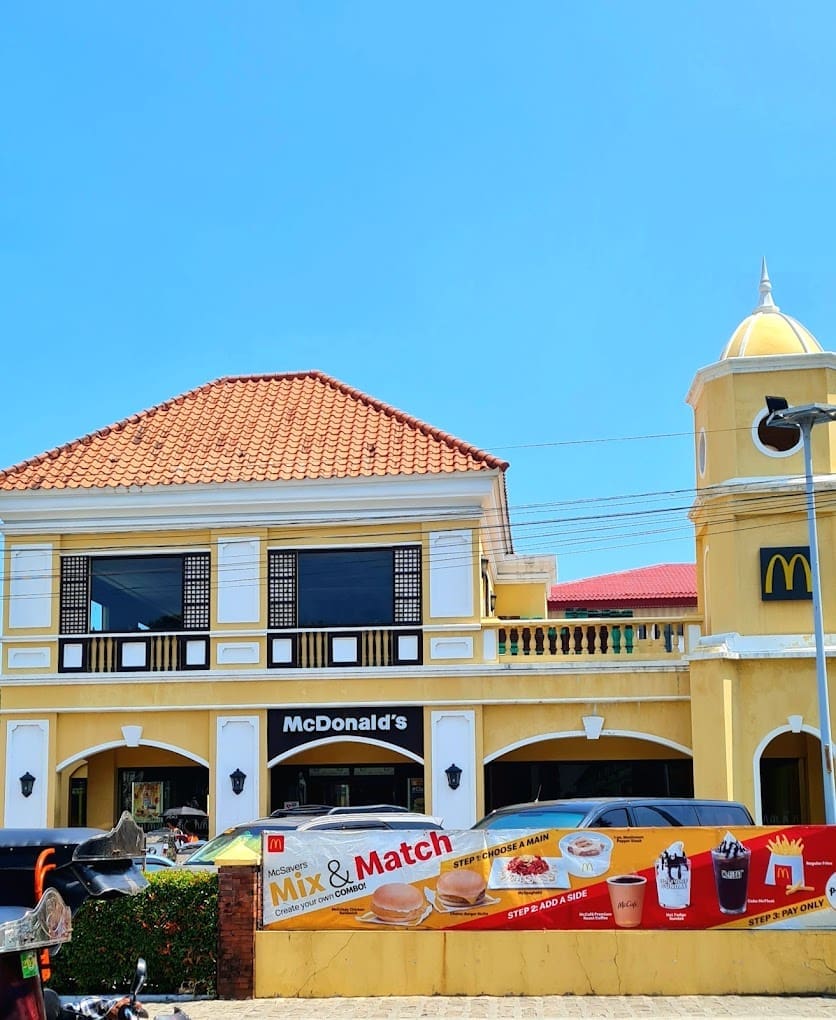Everyone has a McDonald’s story – which branch held yours?
McDonald’s has held a lot of memories. Being a convenient dining option, many have the fast-food chain as their go-to for when they need a quick and cheap bite.
In 1981, McDonald’s built its first restaurant in the Philippines, where it has since integrated itself into the national identity and way of life. By providing menu items like the “McSpaghetti” and the “McDo” (short for McDonald’s) fries, which are highly well-liked by Filipinos, the company has been able to appeal to the Filipino public’s taste.

Identifiable by its iconic golden arches, red and yellow color scheme, wide windows, drive-thru lanes, and play areas that are prominent throughout its many locations, McDonald’s has developed an established and identifiable brand identity, making it one of the leading chains in the world.
Although McDonald’s outlets all around the world share a common visual identity, certain countries have modified the brand’s look to incorporate distinctive architectural and cultural elements, making it more personal and connected with the people that surround it.
Here are a few examples of how McDonald’s architecture varies by nation. Let us dig in!
1. A Mcdonald’s in comfy knitwear in Ustron, Poland
First on our list is a branch that takes a “welcoming atmosphere” to a whole new level.
Sure, the familiarity of the bistro will always make it welcoming, but there is a McDonald’s in Poland that stands out better than the others thanks to its design that incorporates knitwear!
The cozied-up McDonald’s branch that is located in Ustron, a city in southern Poland took roughly 5 months and 50 staff to pull off the stunt (or put on the cardigan?), which was done to advertise the restaurant’s new winter menu. Talk about extreme advertising!
Huge braided strings of wool wrap the entire structure with a few enormous buttons. The building underwent a knitwear-inspired renovation that extends beyond the building’s exterior and includes the inside of the establishment as well.
Tempting to sleep in, am I right?
2. Porto, Portugal’s sophisticated McDonald’s in Art Deco
Who said a fast-food chain cannot be fancy?
A McDonald’s restaurant in Portugal has become notable for its opulent and stylish decor. Customers have dubbed this particular McDonald’s restaurant “The World’s Most Beautiful McDonald’s” located in the center of Porto, a historic city on Portugal’s northern coast.
The restaurant is housed in a remodeled building where Cafe Imperial – a well-known coffee shop that operated in the city since the 1930s – once stood. When McDonald’s took over the building, it kept the majority of the key architectural details because the coffee shop was regarded as a prime example of Art Deco design at the time.
High ceilings, elaborate moldings, and marble flooring give the restaurant a sense of grandeur and elegance that is not normally found in fast-food establishments.
The euros in your pocket might be intimidated by the grandiosity, but the prices are still consistent with your average McDonald’s.
3. The oldest McDonald’s in the world in California, United States
Travel back in time to the 1950s with the branch that has seen the most!
The 1953 opening of the first McDonald’s location in California is a historical landmark. This McDonald’s restaurant, which is a symbol of the power and longstanding reputation of the firm, is situated in Downey, a city in Los Angeles.
First created in the traditional Googie style, which gained popularity in the 1950s and 1960s and included futuristic and space-age features, the unique red and white tile roof, neon signs, and the iconic golden arches of the structure are all distinguishing features of the Googie design and have come to represent the McDonald’s brand.
In addition to its historical significance, the McDonald’s in Downey has a small museum that displays the company’s history and artifacts, such as old menus, packaging, and ads. Visitors can discover information on the establishment of the business, its development over time, and its effects on culture and society.
Honorable Mention: The Ancestral-esque McDonald’s in Vigan, Ilocos Sur
An exceptional example of how the fast-food restaurant corporation has incorporated local architecture and culture into its restaurant design is at the McDonald’s in Vigan, Ilocos Sur.
The McDonald’s establishment in Vigan has a facade that resembles the classic Spanish buildings in the neighborhood. Vigan is recognized for its well-preserved Spanish colonial architecture. The building has a very Spanish appearance thanks to its subdued yellow exterior paint and ornamental ironwork accents.
The Vigan McDonald’s location’s design, which incorporates regional characteristics, demonstrates how McDonald’s can blend in with the community while preserving its brand identity and menu options.
At its foundation, the McDonald’s brand contains a rich history and stories that make dining at any McDonald’s location a one-of-a-kind experience. McDonald’s has adapted and incorporated numerous parts of local cultures and preferences to its restaurants.
McDonald’s has evolved from its humble beginnings in San Bernardino to its global spread to become a cultural symbol and an integral part of many people’s lives.
McDonald’s has established an enduring legacy that cuts beyond boundaries and cultures, whether it’s the nostalgic sensation of visiting the oldest McDonald’s location in California or enjoying the opulent branch in Portugal.













Indeed Shereaton Mactan is world class.